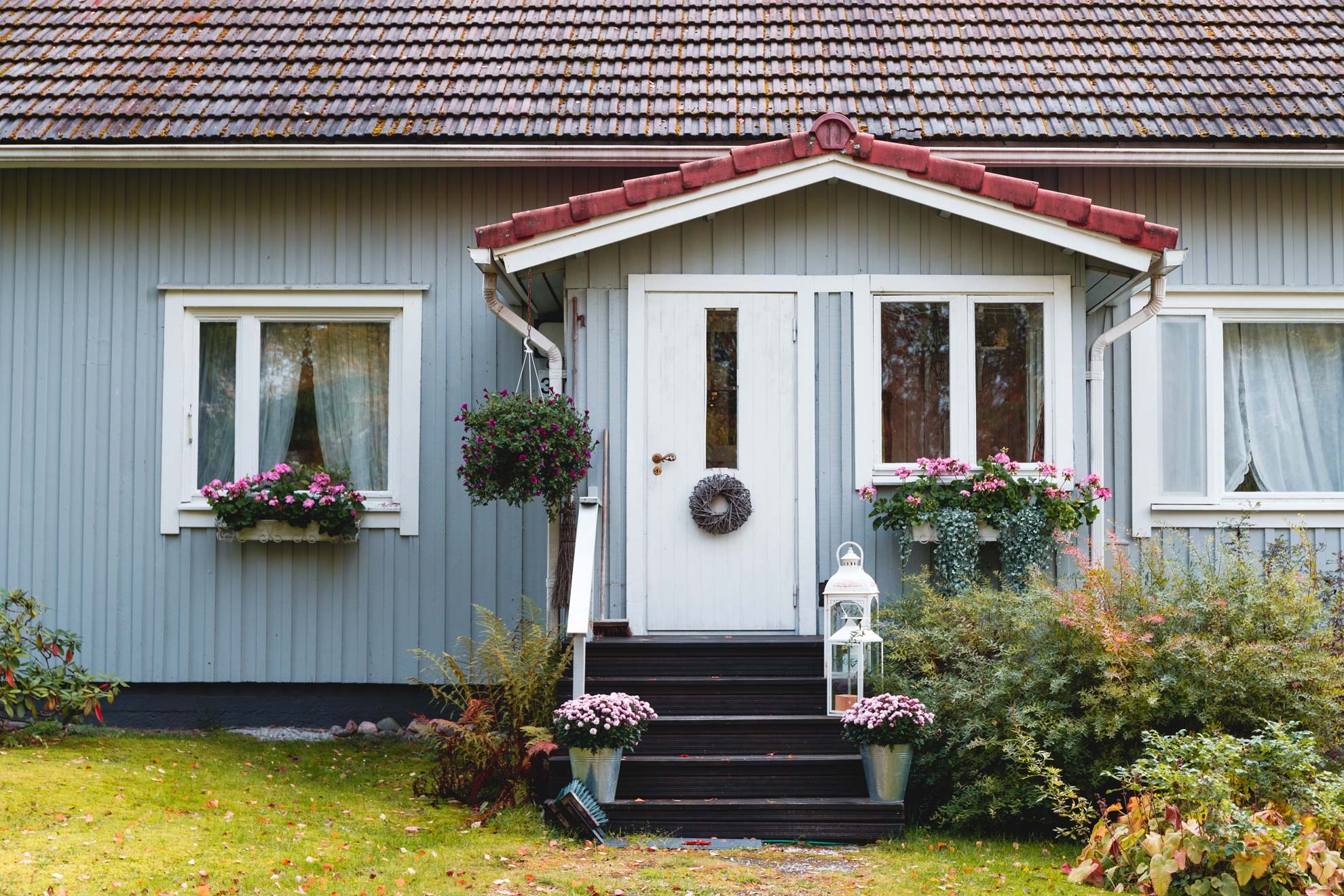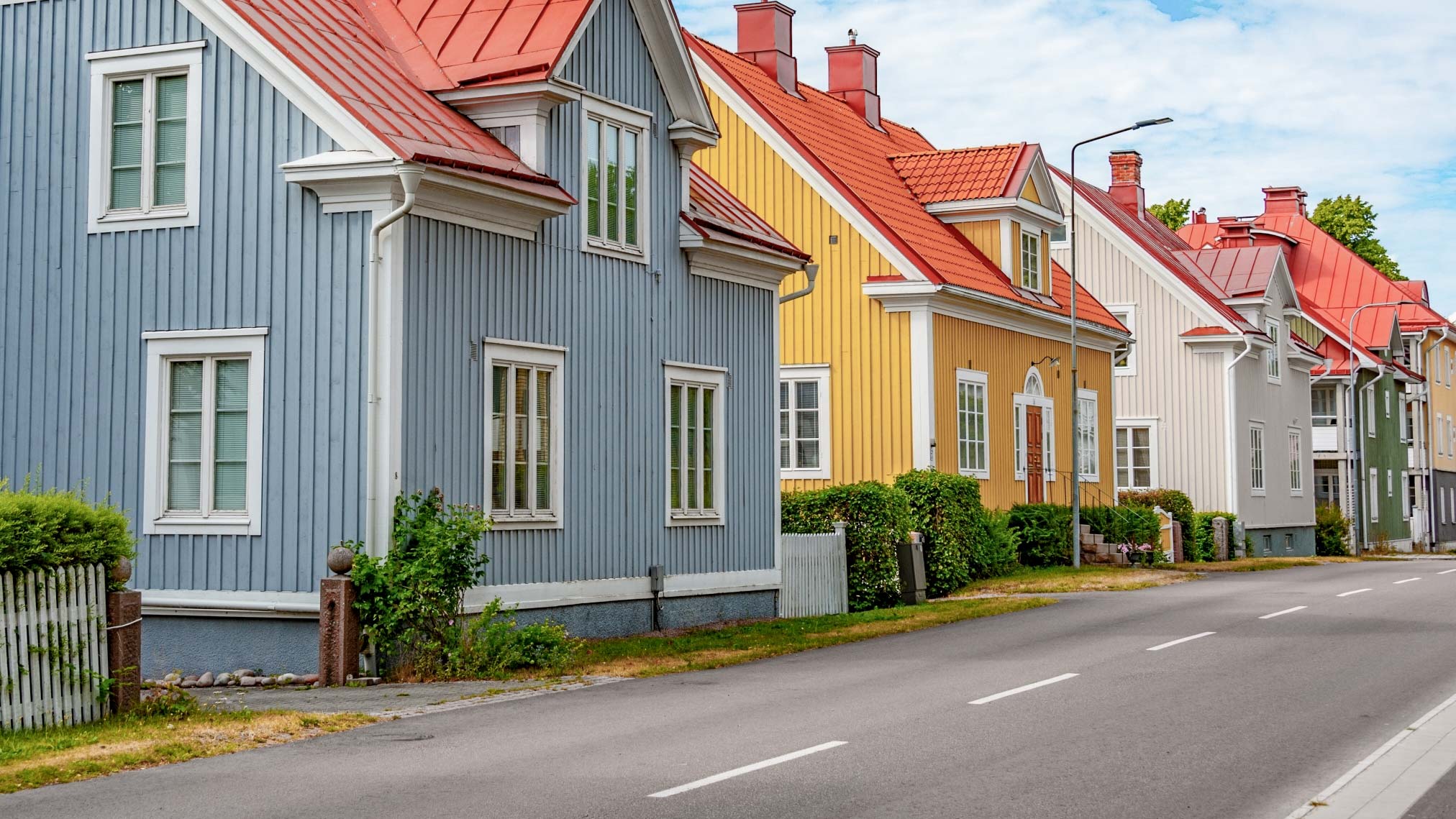The plinth is a building stand - it carries, protects and finishes the look of the house. Like the other exterior, the plinth needs care to stay beautiful and functional year after year.
Once the plinth is properly treated, it not only protects the foundations of the house, but supports the well -being of the entire structure. When properly done, plinth coating and painting extend the life cycle of the building and ensure that the plinth remains intact and breathable and prevents moisture absorption into the structures.
The plinth protects the foundations - this will identify the need for maintenance in time
The task of the plinth is to protect the foundations of the building from moisture, weather and soil impurities. However, over time, its surface is exposed to strain, whereby the need for maintenance of the plinth may begin to appear.
The following signs indicate that the handling of the plinth is timely:
- The plinth shows cracks or cracking
- The surface deteriorates or crumbles
- The plinth appears in the plinth or other light accumulation
- The old paint scalp or come off
- The color is clearly faded
The best time for plinth coating and painting is from spring to autumn when the weather is dry and the temperature exceeds +10 ° C. Avoid working in rain, damp weather or in direct sunshine.
Plinth coating - a practical and protective solution
Successful coating begins with thorough groundwork. When cleaning, protected and leveled carefully before applying the coating, the result is a durable and breathable protective surface that serves for a long time. Below are instructions step by step.
Work steps of plinth coating
Plinth coating means applying a protective, breathable and mechanically sustainable coating. It is a good choice when the surface of the plinth is uneven, weathered or wanted to ensure long -term protection, for example in an old building.
- Plinth cleaning . Before painting, loose material, dust, and old, scaly paint should be removed from the surface of the plinth. Use a steel brush, washing brush or high pressure washer according to the condition of the plinth and dirt. If there is algae or mold in the plinth, use Uula mold wash and allow the surface to dry properly before the next step.
- Protect the plinth if necessary. If the plinth has had a vegetation or the plinth is located in a damp environment, treat the surface with Uula Home Protection . This prevents the growth of microorganisms and improves the durability of treatment.
- Plinth patching and leveling. Fill the cracks, cavities and split with a suitable plinth screed. Allow the patches to dry thoroughly before applying the coating.
- Plinth coating. Apply the coating according to the manufacturer's instructions. Use a breathable, plinth coating. The application is usually done with a spatula or a paintbrush according to the surface and the requirements of the product. Make sure that the coating is spread evenly and forms a uniform protective surface.
What is the need to coat the plinth?
The plinth coating is suitable for a breathable, stone coating that protects the surface from moisture, frost and weathering without closing moisture into the structures. Usually the best choice is a plastic -free, water -permeable, mineral -based coating.
A suitable product is always selected according to the material of the plinth and previous treatments. If you are not sure of the right solution, you should consult an expert or dealer.
Plinth painting - a breathable and finished surface
If the plinth is in good condition and even, it can be painted directly. Painting a plinth completes the layout of the building and provides additional protection against weather conditions. It is important to choose a breathable, plastic -free paint that does not close moisture into the structures.
Plinth painting instructions
It is a good idea to plan the painting carefully and implement step by step. This will ensure that the paint adheres well and the end result will take time.
- Carefully clean the surface . Clean the surface, such as coating, ie remove loose material, dust, and old, scaly paint.
- Primer plinth when needed. Not all plinths require primer. If the plinth is previously painted and the surface is intact, clean and in good condition, you can paint it directly with topcoat. Priming is necessary when the plinth is new, untreated or very porous - for example, an old plaster surface.
The primer helps to grip the top coat better and reduce its absorption into the substrate. Check the instructions for the paint to be used to see if the primer is recommended or if the thinned top coat can be used for priming. - Paint the plinth. Mix the paint thoroughly before use. Apply the paint evenly with a brush or roller over the entire surface. Do the work calmly and parallel. If necessary, you can paint twice if the first layer does not cover enough.
- Allow the paint to dry in peace. Depending on the weather conditions, the drying time of the paint is 1-3 days. The surface must be allowed to dry completely before the next treatment or use. Avoid touching the plinth before the surface has dried throughout. Follow the drying times between the layers between the layers.
How to paint a plinth?
A good choice for painting the plinth is breathable and plastic Uula Petrolery Oil . It is suitable for both new and previously painted plaster and screed surfaces. The paint covers very well and one painting is enough in most cases.
Uula Petrolery Oil does not form a dense film, but allows the moisture to evaporate from the structures, which prevents the paint from removing the paint and damage to the structures.
More detailed instructions on how to use the Uula Petrolean Paint on our website.

Plinth deserves care
The plinth is not only a technical part of the building - it directly affects the durability, appearance and value of the entire house. Coating is the right choice when the plinth is deteriorated or uneven. Painting, on the other hand, is sufficient when the surface is in good condition and you want to finish it breathable and aesthetically.
Carefully executed plinth treatment provides posture, protects the foundations and extends the entire façade life cycle. The correct handling is always selected according to the condition of the plinth, the chassis and the previous treatment. Particularly in old buildings, it is important to maintain the breathability of the structures and respect their original appearance.


